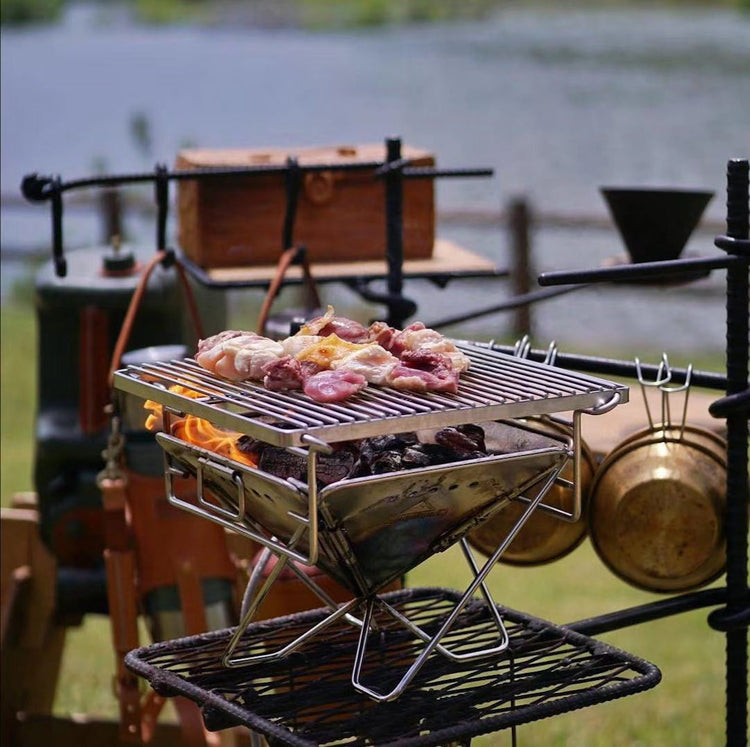Embarking on a camping or backpacking adventure? One of the most crucial skills is knowing how to pack a backpack efficiently. A well-organized pack can make the difference between an enjoyable trip and a frustrating one. This guide will provide expert tips on camping backpack packing, ensuring your gear is secure, accessible, and balanced. Mastering organized backpacking not only saves space but also reduces strain and enhances your overall experience.
Planning Your Backpacking Gear Arrangement
Before you begin packing, it's essential to plan your backpacking gear arrangement. Start by laying out all your items to visualize what you need. Consider the weight and size of each item and prioritize essentials. This step allows you to identify unnecessary items and streamline your pack for lightweight backpacking.
Essential Gear Checklist
Create a checklist to ensure you don't forget crucial items. This includes your tent, sleeping bag, cooking gear, food, clothing, and safety equipment. This checklist will serve as your packing guide.
Check our blog post out
The Ultimate Camping Gear Checklist for Your Next Adventure
Weight Distribution Planning
Plan how to distribute weight evenly. Heavy items should be placed closer to your back and in the center of the pack. Lighter items can go towards the outer edges and top. This ensures a balanced load and prevents back strain. Image Alt Text: Properly distributed weight in a backpack.
Check our blog post out
The Ultimate Guide to Camping Gear Storage: Keep Your Equipment Organized & Adventure-Ready
Step-by-Step Guide to Packing Your Backpack
Now, let's dive into the step-by-step process of packing your backpack efficiently. This method ensures your gear is organized and easily accessible during your trip. This process is also usable for travel backpack packing.
Bottom Layer: Sleeping Gear
Place your sleeping bag and sleeping pad at the bottom of the pack. These items are typically lightweight but bulky. Using a compression sack can help save space. Image Alt Text: Sleeping bag in compression sack at bottom of backpack.
Middle Layer: Heavy Items
position heavy items like cooking gear, food, and water in the center of the pack, close to your back. This keeps the weight centered and prevents swaying. Image Alt Text: Heavy items in the middle of backpack.
Top Layer: Frequently Used Items
Place frequently used items like rain gear, snacks, and a first-aid kit at the top or in outer pockets for easy access. Image Alt Text: Frequently used items at the top of backpack.
Utilize outer pockets and straps for smaller items and gear that needs to be quickly accessible, such as water bottles, maps, and trekking poles. Image Alt Text: Outer pockets and straps on a backpack.
Tips for Organized Backpacking
To ensure your trip is smooth, here are some additional tips for organized backpacking.
Use Packing Cubes and Compression Sacks
Packing cubes and compression sacks help organize and compress your clothing and other soft items, saving space and keeping things tidy. Image Alt Text: Packing cubes and compression sacks in a backpack.
Minimize Empty Space
Fill empty spaces with smaller items like socks or rolled-up clothing. This prevents items from shifting during travel. Image Alt Text: Filling empty spaces in a backpack.
Waterproof Your Gear
Use waterproof bags or line your backpack with a trash bag to protect your gear from rain and moisture. Image Alt Text: Waterproof bag inside a backpack.
Conclusion:
Mastering how to pack a backpack efficiently is an essential skill for any outdoor enthusiast. By following these tips and planning your camping backpack packing carefully, you can ensure a comfortable and enjoyable trip. Remember, organized backpacking starts with a thoughtful approach to gear arrangement and weight distribution. Happy trails!



